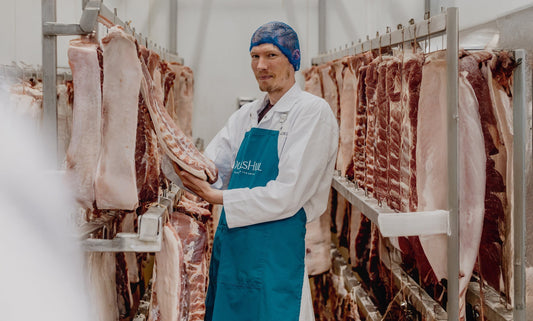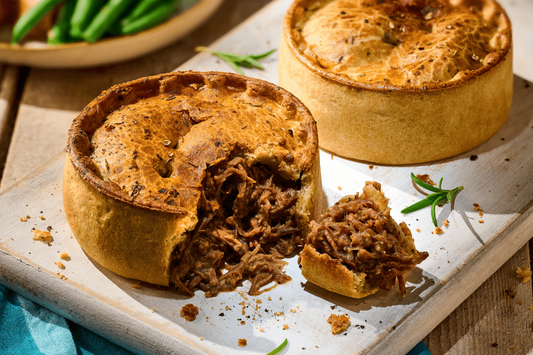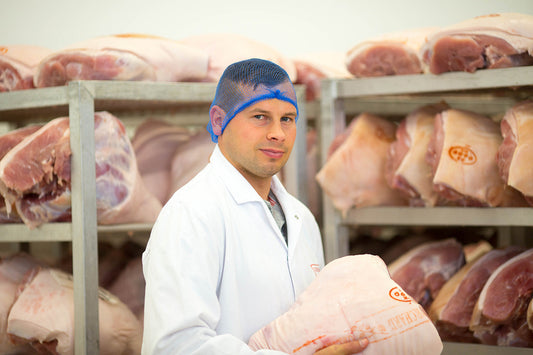How To Cook With Pork: A DukesHill Guide
Pork is one of the most widely consumed meats worldwide. Loved for its tender texture and rich flavour, it has been a staple for thousands of years. Pork is also an exceptionally versatile meat, with a huge variety of cuts available and ways it can be cooked.
Whether you want to try eating this fantastic meat in a new way or improve your culinary skills, you have come to the right place! Read this comprehensive DukesHill guide to how to cook with pork and discover how to enjoy delicious flavours at home.

Sustainably sourced pork at DukesHill
At DukesHill, we’re huge fans of the versatility of pork. We love pigs - they are amazing and highly sociable creatures - and therefore it is important to us that our high-quality pork is sustainably sourced. This is why, since we first started producing ham nearly 40 years ago, we’ve only ever sourced pork responsibly.
We work closely with farmers who rear our high-welfare pork - always British outdoor-bred. Our pigs thrive in environments that prioritise their well-being. They receive proper nutrition, and we always ensure they have good access to outdoor space so they enjoy the sunshine and rain that creates mud to play in. In essence, they lead an active lifestyle happily foraging, rooting, grunting, grazing and wallowing.
Together with our farmers, we do our best to observe, understand and support pigs to provide a happy, healthy, environment that’s free from stress.
We put animal welfare and sustainability front and centre, partly because it feels like the right, responsible thing to do, but also because it produces extraordinary flavour; the highest quality meat we can produce.
These preservation processes also intensify the flavours, which gives us the delicious continental meats that we love to eat.
Choosing flavours to go with pork
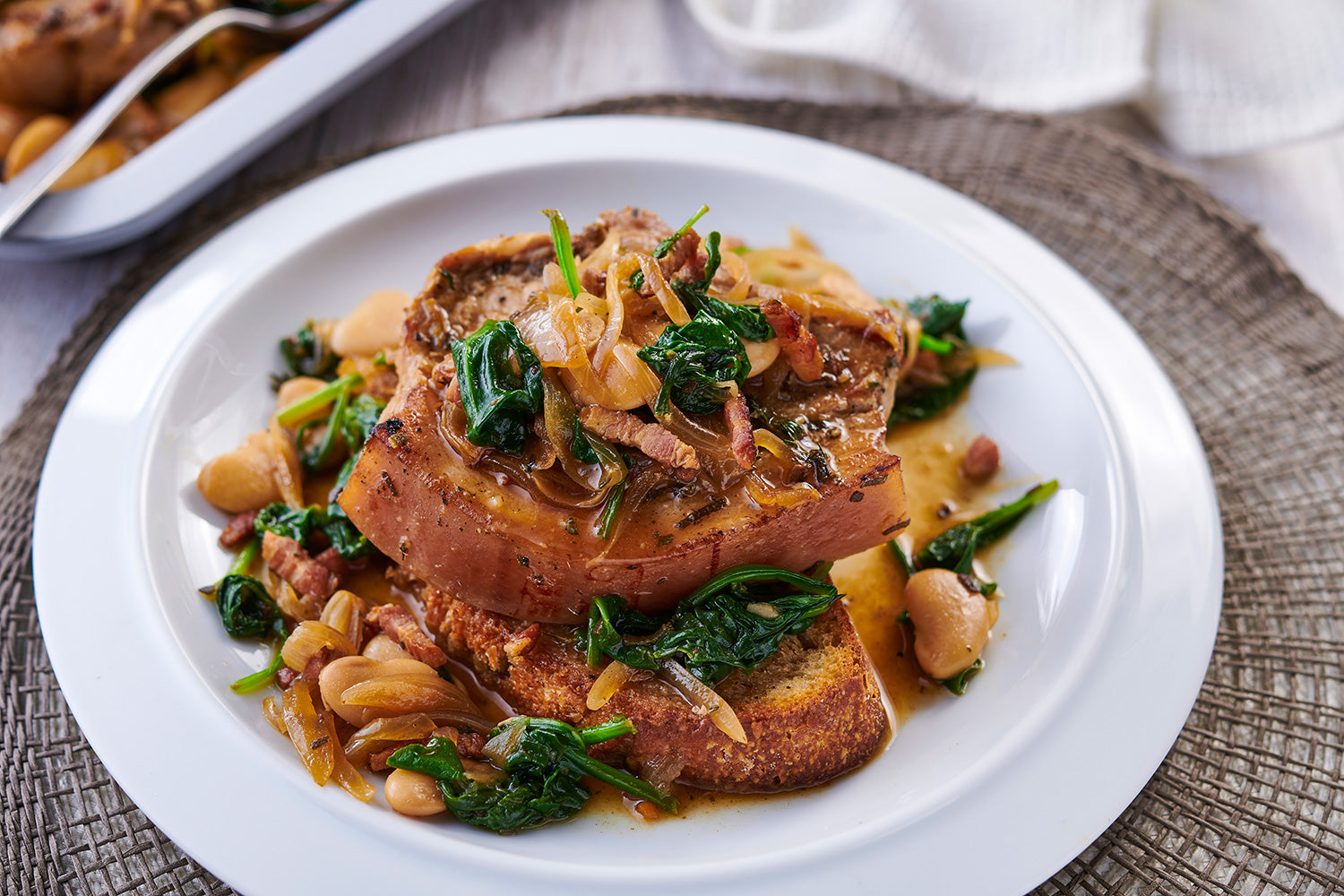
The naturally sweet nature of pork makes it a great backdrop for a variety of flavours - it’s such a fantastic canvas. If you are wondering how to cook with pork, consider the following flavour pairings.
Herbs - Sage, thyme, rosemary and fennel are classic herbs that enhance the flavour of pork. Use dried or woody herbs for a rub, or fresh herbs in a wet marinade. Or finish the your high-quality pork dish with a sauce using fresh herbs.
Spices - Mustard, cloves, caraway, cinnamon and paprika are fantastic with pork. Rub them into scored fat for a flavoursome crispy crackling.
Fruit - Stew down fruit for a delicious pork accompaniment. The classic combination is apples - but try pear, apricot, plum or pineapple for a touch of sweetness and acidity. Don’t forget dried fruit too - raisins, prunes and dates are worth using.
Sweetness - Honey, maple syrup, brown sugar and molasses are fantastic with pork. Caramelise the sugars down so you add complexity and depth to the pork - as opposed to one-dimensional sweetness.
Acidity - Every glaze needs sugar and acidity. Balsamic, wine and apple cider vinegar are amazing with pork, balancing out the richness of the meat.
Umami - Soy sauce, mushrooms, Parmesan and cooked tomatoes are delicious for adding umami - the rich savoury notes.
Different cuts of the pig and how to cook them
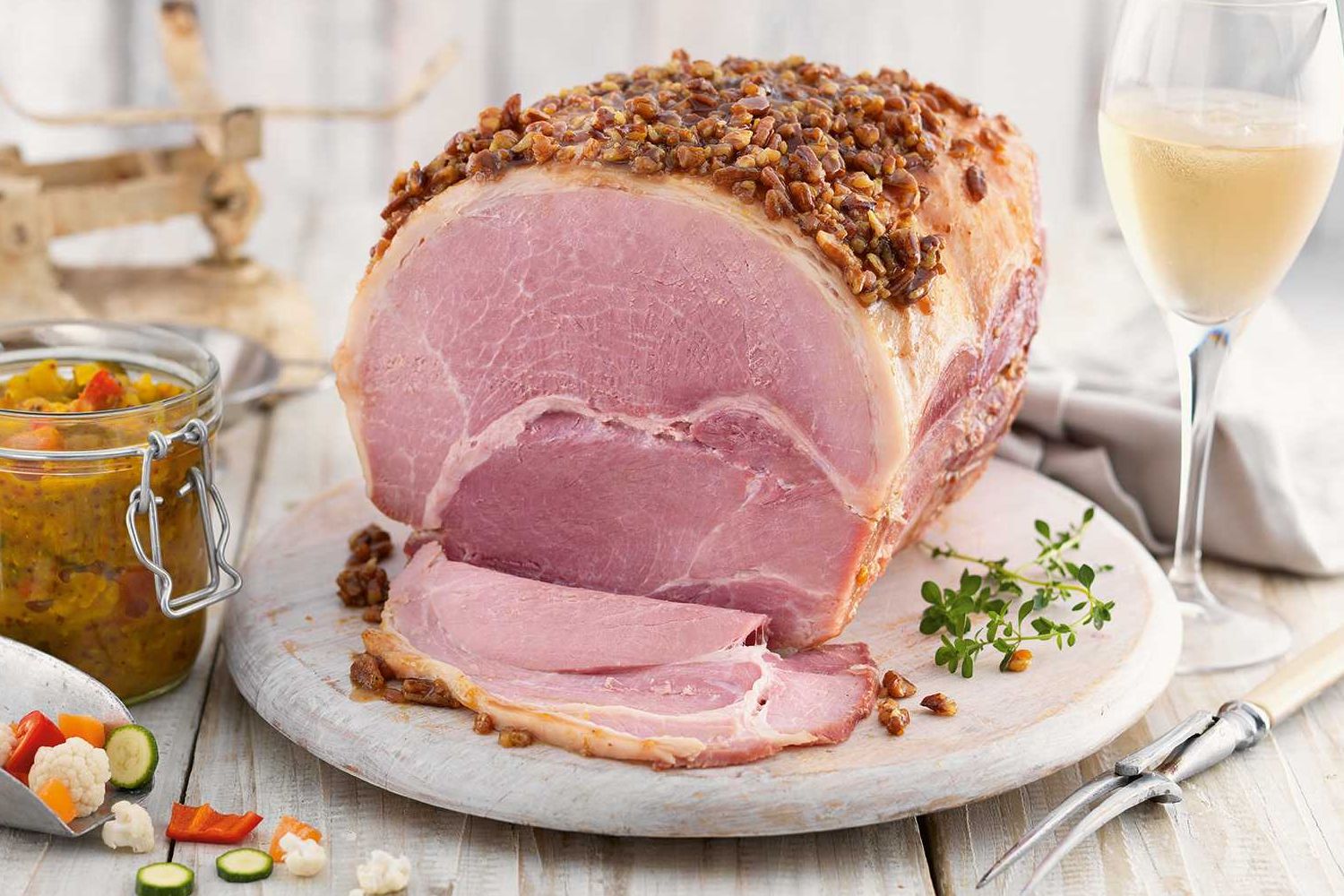
Ham
Obtained from the hind leg of the pig, ham is such a versatile cut that can be enjoyed in endless forms - from the centrepiece of roast gammon to slices of ham for the perfect sandwich.
How to cook ham
DukesHill hams are available uncooked and cooked. You can boil the whole ham with aromatics like onion, cloves and peppercorns or pop it straight in the oven and roast it, before finishing with a sticky glaze for a final burst of flavour. Read our guide to cooking gammon for more information. And look for our guide to leftover ham too.
Ham recipe ideas
Try our glazed ham with pickled oranges or chicken and ham pie.
DukesHill's top tip for cooking ham
To prevent ham from drying out during roasting, baste it regularly with its own juices.
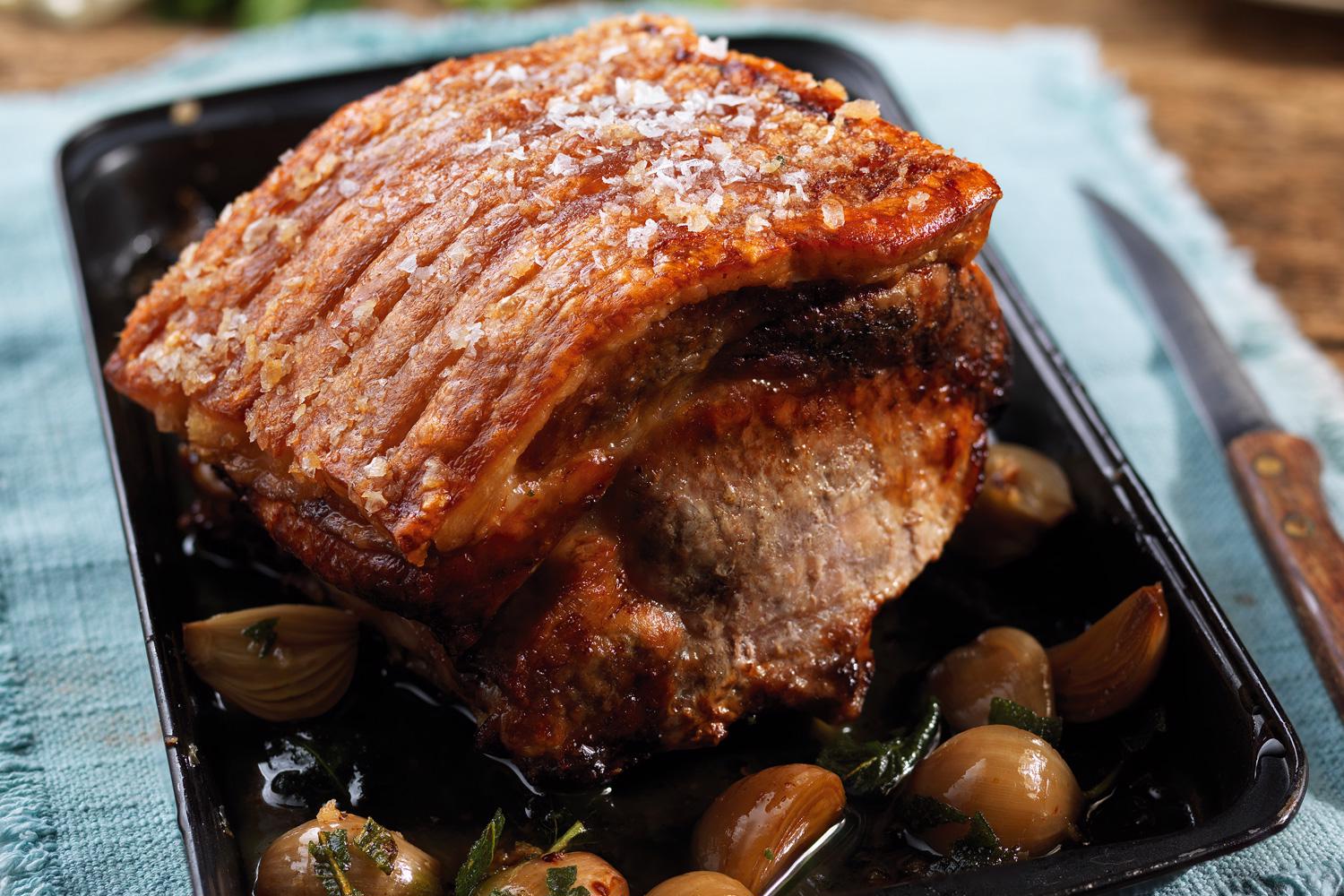
Pork loin
Located along the pig’s back, the loin is prized for its tender meat. It’s often divided into loin chops and tenderloin.
How to cook pork loin
Grill or pan-sear loin chops for a quick and delicious meal. Season with herbs and spices such as rosemary and garlic. Tenderloin is known as the fillet - it’s the most tender and leanest cut of pork - perfect for a special occasion. Try wrapping it in bacon for extra flavour before roasting or grilling whole - perhaps seared on the barbecue for a complex smoky flavour. Serve it sliced with a creamy mushroom sauce.
Pork loin recipe ideas
Try our plum and fig loin roast.
DukesHill's top tip for cooking pork loin
Cook loin chops to an internal temperature of 63c and allow them to rest before serving.
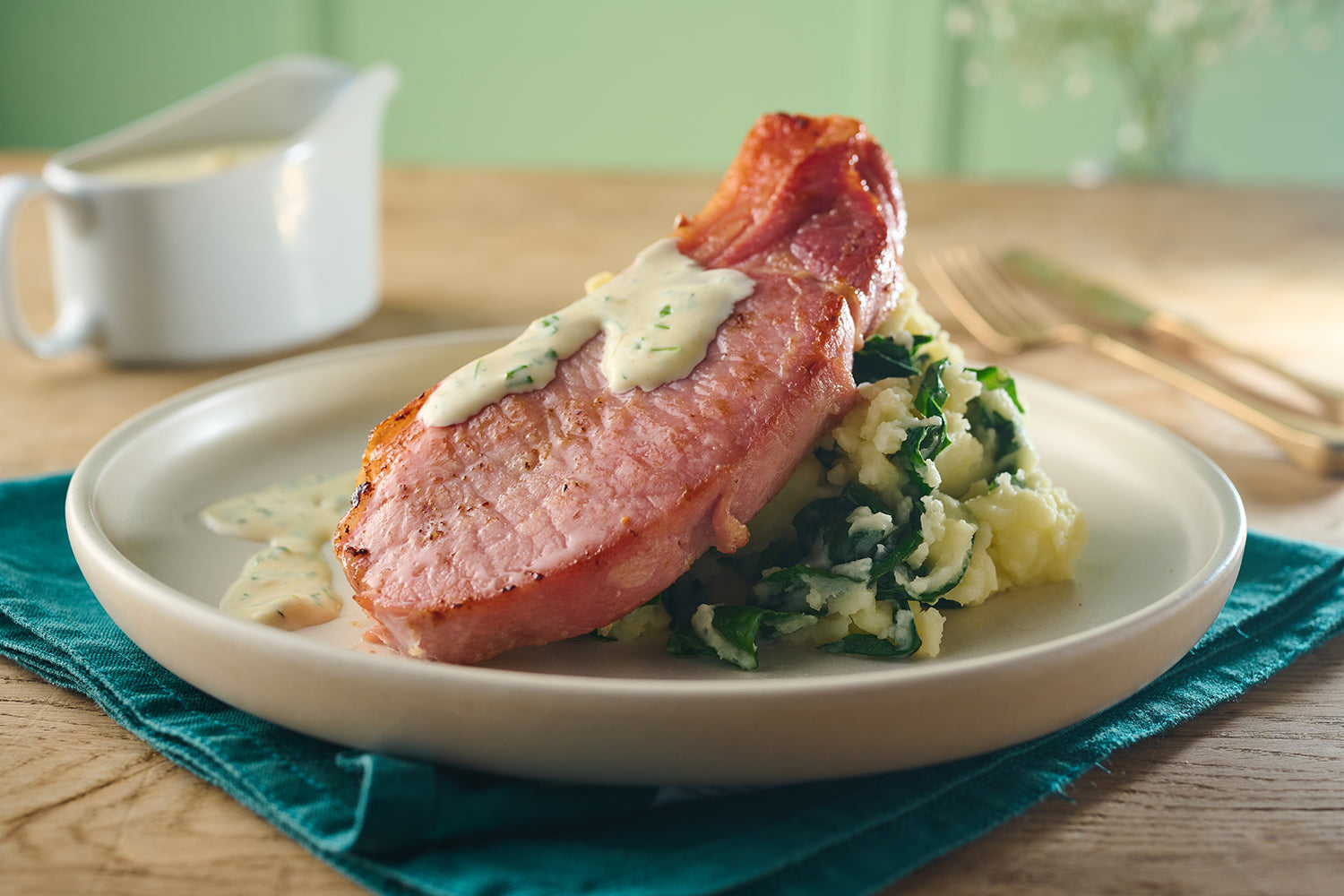
Belly of pork
Loved for its melt-in-the-mouth texture and rich flavour, pork belly is also used to make bacon - either streaky rashers, back bacon, middle bacon, or our sweet cured bacon chops.
How to cook belly of pork
Pork belly is best when cooked slowly on a low heat for hours. Pat the scored fat with kitchen paper and give it a good rub with salt, fennel and caraway seeds. Place the pork belly on a trivet of apples, onions, celery and pour cider over the base. Cook slow ‘n’ low, so the fat renders down and the meat softens.
Bacon recipe ideas
Try our bacon, pumpkin and sage risotto or rolled pork belly with chorizo and fennel.
DukesHill's tips for cooking pork belly
If your crackling doesn’t crackle, don’t worry - it can be saved. Simply remove the fat from the meat and lay it flat on a baking tray. Turn your grill to the highest setting and place the pork belly underneath. Don’t shut the oven door - watch the fat blister, pop and swell (safely from a distance as it will spit hot fat) and it’ll crisp up quickly. It doesn’t take long, so keep an eye on it!
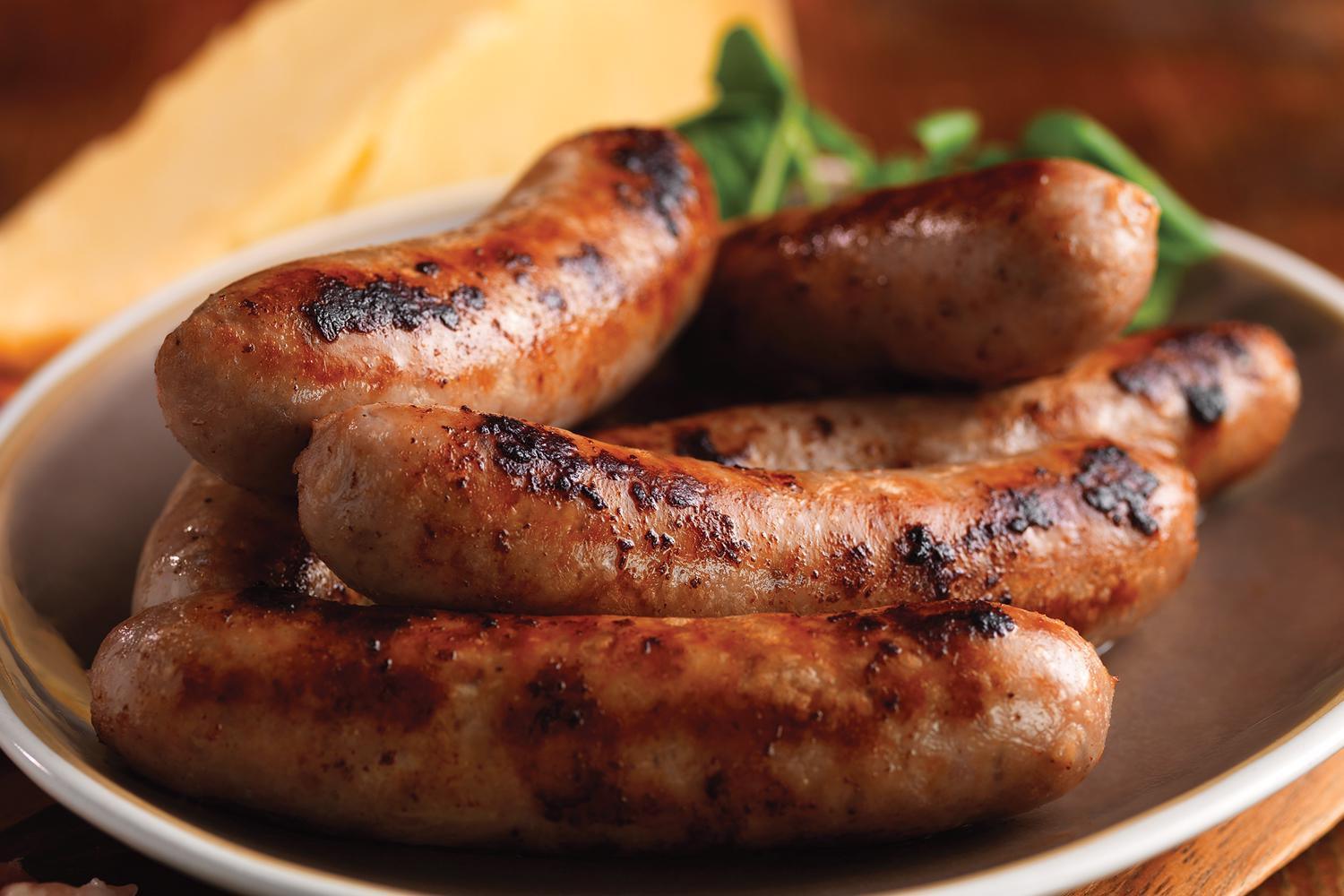
Sausages
A British classic, sausages come in a wide range of styles and shapes including links, patties and coils - each with its own unique flavour profile. Our traditional sausages are made with the perfect blend of lean-to-fat ratio - not too coarse, not too fine - ensuring both flavour and succulence.
Choose from Lincolnshire - full of pork and sage, Cumbrian Curls - a curled-up sausage flavoured with herbs and black pepper, honey and chilli sausages, gluten free sausages or the classic traditional pork sausage.
How to cook sausages
We like to cook sausages in a moderate oven so they come out perfectly tender and not overcooked on the outside. If pan-fried, ensure the heat isn’t too high as you want to gain a little colour on the outside while ensuring they remain perfectly cooked inside. The handy thing about pan-frying sausages is that you can use all the flavour in the pan to slowly cook onions for the ultimate caramelised onion gravy. A match made in heaven!
DukesHill's top tip for cooking sausages
Don’t prick your sausages! Keep all the fat and juices inside the casing for the most succulent sausage.
How to store pork
Store raw pork at the bottom of the fridge at 4c and use it within the use-by date on the pack. Pork freezes well - you can either use freezer bags or airtight containers for up to 6 months.




